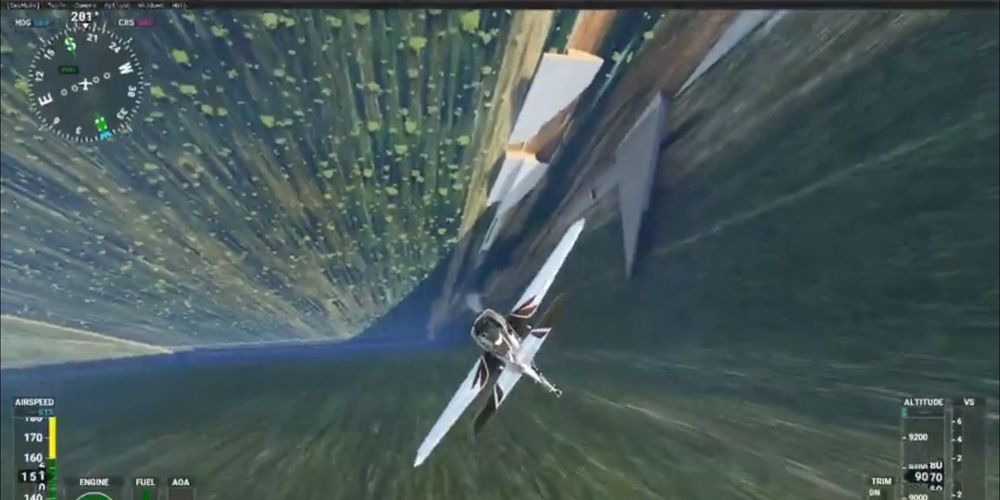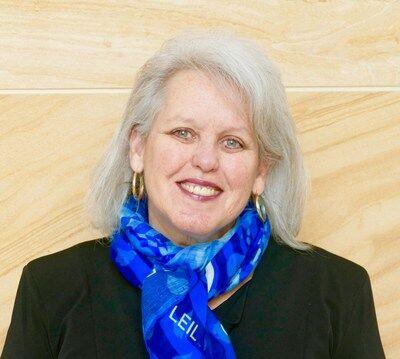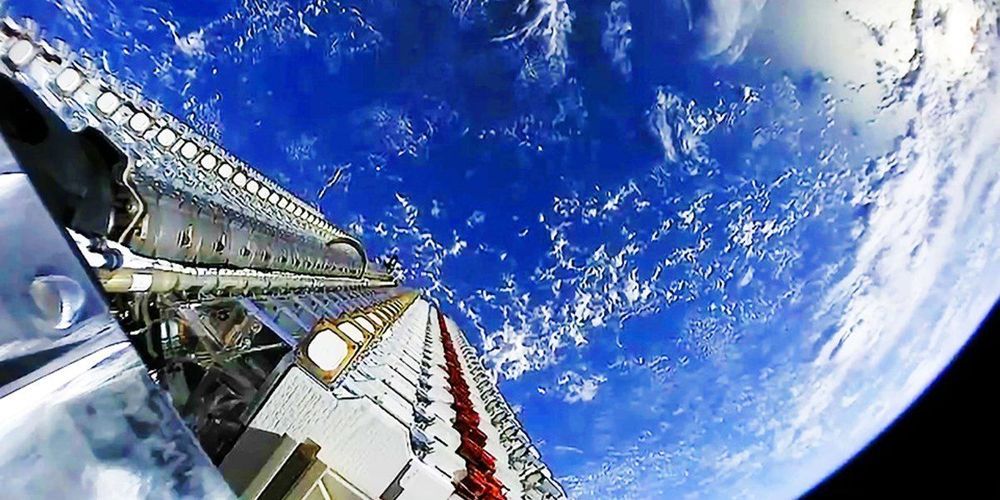A void is consuming Microsoft Flight Simulator.



DALLAS, Sept. 29, 2020 /PRNewswire/ — The National Math and Science Initiative has named veteran fundraiser Laure O’Neal as its first chief development officer, charging her and a restructured fundraising team with diversifying the organization’s funding sources.
NMSI was founded in 2007 with generous support from the ExxonMobil Foundation, Texas Instruments Foundation and other corporate and philanthropic organizations. It continues to receive financial support from those and other organizations and is expanding its fundraising to more quickly reach additional students, teachers and school systems across the country.
“Laure brings two decades of experience in connecting corporate, foundation and individual givers with academic institutions and other organizations that support individuals and communities,” said NMSI CEO Bernard A. Harris, Jr. “I’m excited about the energy and expertise Laure brings to secure new support to reach more communities with our programs.”

From the Science of Beer to learning about the benefits of GMOs; Saskatchewan is celebrating science with exciting online events and activities that showcase the province’s bioscience sector. Ag-West Bio, Saskatchewan’s bioscience industry association, coordinates events with the help of a local committee.
Ag-West Bio President and CEO Karen Churchill says amid the COVID-19 pandemic, biotechnology is in the spotlight. “Saskatchewan organizations in our research cluster have joined the global effort to develop vaccines as well as preventative and treatment solutions to deal with the virus. As a community, we should take note of the achievements of our local scientists and companies. Global Biotech Week gives us an opportunity to give them a (virtual) pat on the back!”
The Government of Saskatchewan and the Cities of Regina and Saskatoon have proclaimed September 28 to October 4 as Global Biotech Week.


Frost & Sullivan’s recent analysis, Data Science Impacting the Pharmaceutical Industry, finds that data science tools are promising technologies transforming drug discovery costs, speed, and efficiency. When combined with other emerging tech areas, artificial intelligence (AI) technologies move…
Pharmaceutical companies and hospitals are adopting data science rapidly, and its application is going to be established in all branches of healthcare
SANTA CLARA, Calif., Sept. 29, 2020 /PRNewswire/ — Frost & Sullivan’s recent analysis, Data Science Impacting the Pharmaceutical Industry, finds that data science tools are promising technologies transforming drug discovery costs, speed, and efficiency. When combined with other emerging tech areas, artificial intelligence (AI) technologies move to the next phase of advancements. Hence, they are expected to witness adoption by pharma and biotech companies in the next four to five years. Further, with the COVID-19 pandemic, AI and machine learning (ML) can be used for drug research and clinical trials against the coronavirus to screen large databases and perform docking studies to identify existing potential drugs or design new drugs using advanced learning algorithms.
For further information on this analysis, please visit: http://frost.ly/4l2.
“Applying data science tools in healthcare, especially for drug discovery, has a huge potential to systematically change the entire existing practices and methods,” said Aarthi Janakiraman, Technical Insights Research Manager at Frost & Sullivan. “Additionally, pharmaceutical companies and hospitals are adopting this system rapidly, and its application is going to be established in all branches of healthcare.”

Soyuz 11 was the only crewed mission to board the world’s first space station, Salyut 1. The crew, Georgy Dobrovolsky, Vladislav Volkov, and Viktor Patsayev, arrived at the space station on 7 June 1971 and departed on 29 June. The mission ended in disaster when the crew capsule depressurized during preparations for reentry, killing the three-man crew. The three crew members of Soyuz 11 are the only humans known to have died in space.
Music: epic background music / epic music no copyright by MUSIC4VIDEO.
A meteoroid skimmed Earth’s atmosphere for 19 seconds over the Netherlands and Germany. The object came in as low as 56 miles in altitude, covering a path of more than 466 miles.
This is how Astronauts eat food in Space!!
